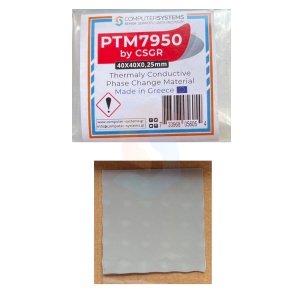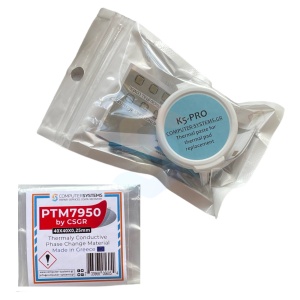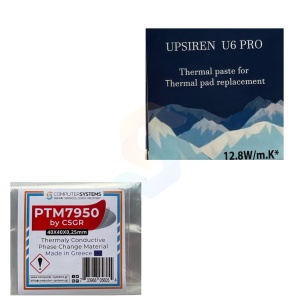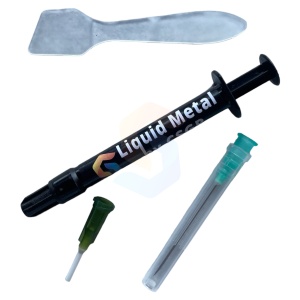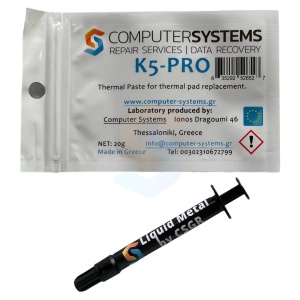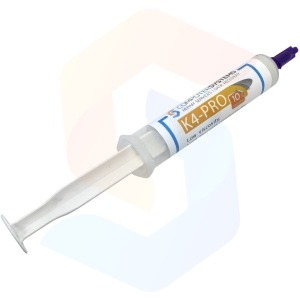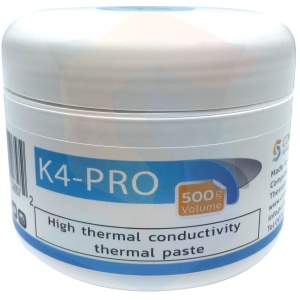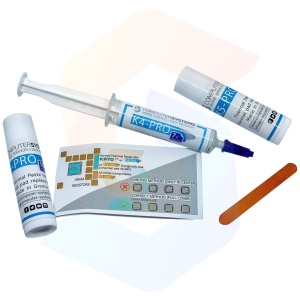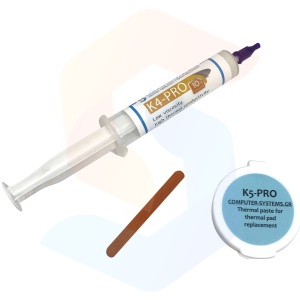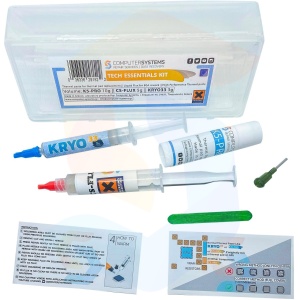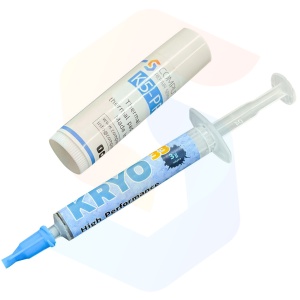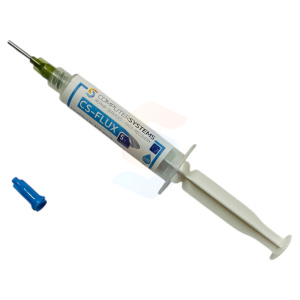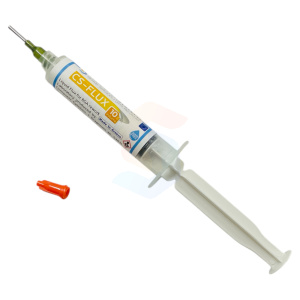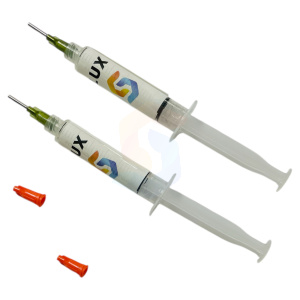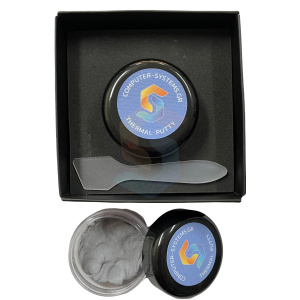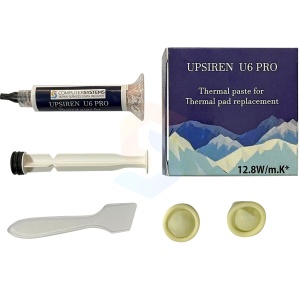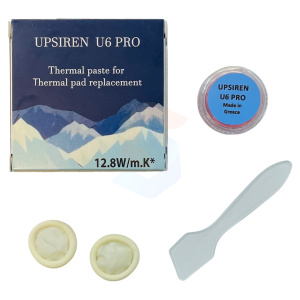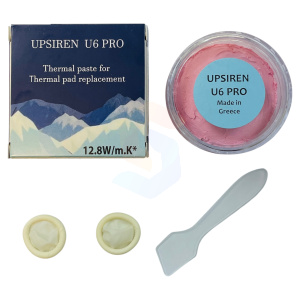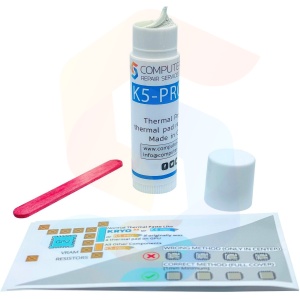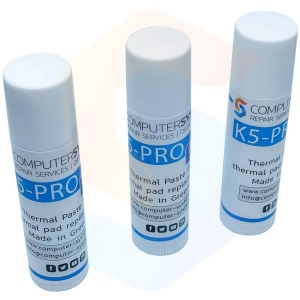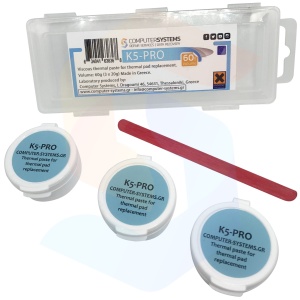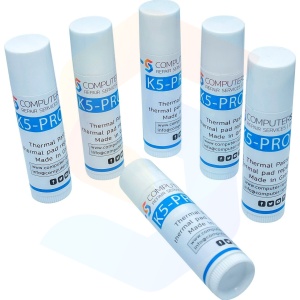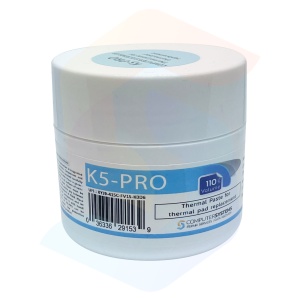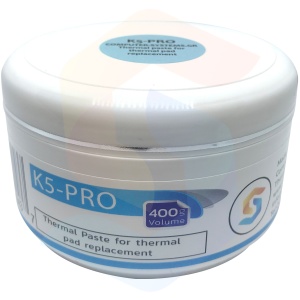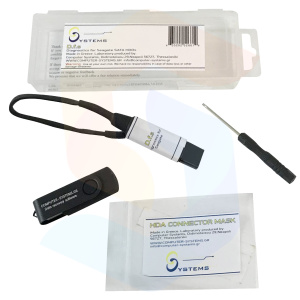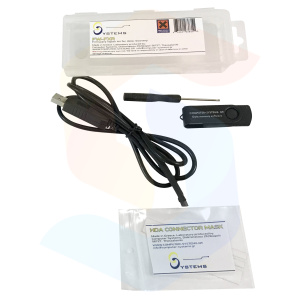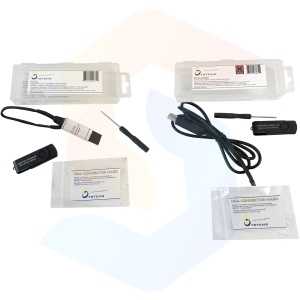Research Activities_
The constant evolution of new tools, materials, and methods for rework could make the process more reliable and repeatable.These improvements vary from being relatively simple using polymer stencils to more complicated using laser technology. One should stay abreast of new developments by constantly seeking for innovative ways to improve rework methods. Therefore, Computer Systems research team is currently engaged on work relating to a new BGA rework method by the development of a family of new non-metallic stencils that are made from elastomeric or semi-elastomeric materials that are initially attached to the lower part of the BGA and that finally are permanently attached between the BGA and the PCB. Similar methods currently in use employ non-metallic stencils that are made from polymeric materials that are initially attached to the PCB and that finally are permanently attached between the BGA and the PCB.
Computer Systems Laptop Repair Workshop (CSLRW) was established in 2007. CSLRW is equipped with state-of-the-art electronic systems and machinery to include a BGA rework station, a laser cutting/drilling machine, and an optical microscope together with uniquely developed skills of individual operators. The new elastomeric/semi-elastomeric stencils are being produced in the newly set up Computer Systems Materials Research Laboratory (CSMRL) in conjuction with CSLRW. CSMRL possess high expertise in many aspects of materials research to include adhesive bonding, polymer composites, cements and cement composites, metal composites, bitumens and materials recycling to name the least (see List of Publications). Hence, in depth knowledge in the field of materials research is being transferred to the field of computer hardware repair to produce a family of new elastomeric/semi-elastomeric stencils and a reliable, predictable, and repeatable new rework method that is hoped could introduce CSMRL to the research community. In addition, the results of the project and forthcoming publications are expected to increase the number of national and international customers and to reduce computer waste and the need for imported laptops. It is estimated that over 100,000 discarded laptops in Greece could be back from the brink of being hauled to a dump while in the EU alone more than 10,000,000 laptop owners could benefit.
This research has been co-financed by the European Union and Greece – Operational Program ‘Human Resources Development’ – NSFR 2007-2013 – European Social Fund (General Secretariat for Research and Technology).
List of Publications
1P. Frantzis (1986), “Lubrication and Friction in Metalworking Operations”, M.Sc. Thesis, Imperial College, University of London.
2P. Frantzis (1989), “Environmental Attack on Adhesive Joints: A Fracture Mechanics Approach”, Ph.D. Thesis, Imperial College, University of London. http://materials.ottz.com/books-0051.shtml
3P. Frantzis (1999), “The Fabrication of Metal Matrix and Polymer Matrix Composites”, M.Sc. Thesis, University of Liverpool.
4E. Aggelaki and P. Karydopoulos (1999), ‘’Κυκλώματα Μεταφοράς Ακουστικών Σημάτων και Δεδομένων μέσω Οπτικής Ίνας’’, Πτυχιακή Εργασία, Τεχνολογικό Εκπαιδευτικό Ίδρυμα Θεσσαλονίκης, Σχολή Τεχνολογικών Εφαρμογών, Τμήμα Ηλεκτρονικής.
5P. Frantzis (2003), “Cement Fibre Composites” and “Adhesive Bonding Technology”, Greek Open University, Construction Management, Volume Γ: Construction Materials and Machinery, Chapters 7&8, pages 8-10, 127-197, 258-269, 276-278, & 280-287 (100 pages approx, in Greek).T¯ÓÈ΋Ù˘K·Ù·Û΢‹˜ class.eap.gr/…/DXT51_C_Domika_Ylika_%26_Exoplismos_Kataske…
Journals / Conferences / Patents
1P. Frantzis (1987), “A New Method for Studying Life prediction of Adhesively Bonded Joints in Moist Environment”, Proceedings of the International Conference on Adhesion, Plastics & Rubber Institute, University of York, page v.
2P. Frantzis (1994), “High Volume Fraction Steel Fibre Reinforced Rapid Strengthening Cement Composites”, Abstracts of the National Research Workshop on Cement and Concrete, University of Sheffield, Centre for Cement and Concrete.
3P. Frantzis and R. Baggott (1994), “Factors Influencing Magnesia Phosphate Slurry Infiltration Into Steel Fibre Arrays”, Proceedings of the International Workshop on Fibre Reinforced Cement and Concrete, National Science Foundation (USA) & the University of Sheffield, Centre for Cement and Concrete, University of Sheffield, eds R. N. Swamy and V. Ramakrishan, page 46-61 (refereed).
4R. Baggott and P. Frantzis (1994), “Pseudo Metallic Repair Materials”, in CIB W70 Tokyo Symposium, Strategies and Technologies for Maintenance and Modernisation of Buildings, Vol. 1, page 527-534 (refereed).
5R. Baggott and P. Frantzis (1995), “The Development of High Performance Hybrid Fibre Reinforced Cementitious Composites”, Proceedings of Brite-Euram 95 EC Conference on Industrial and Materials Technologies, New Materials and Quality Control, Vienna, Austria, page 43-48 (refereed).
6R. Baggott and P. Frantzis (1995), University of Michigan, USA, Proceedings of the Second International Workshop on High Performance Fibre Reinforced Cement Composites (HPFRCC), contribution to chapter 5, Vol. 2, page 149.
7P. Frantzis and R. Baggott (1996), “Effect of Vibration on the Rheological Characteristics of Magnesia Phosphate and Ordinary Portland Cement Slurries”, Cement and Concrete Research, Vol. 26, No. 3, page 387-395.
8P. Frantzis and R. Baggott (1996), “Instability of Fibre/Matrix Interfacial Bond in Steel Fibre Reinforced Cement Composites”, 1st Euroconference and US Workshop on Material Instabilities in Deformation and Fracture, Michigan Technological University & Aristotle University of Thessaloniki, Thessaloniki, Greece, page 4-7 (refereed).
9P. Frantzis and R. Baggott (1997), “Rheological Characteristics of Retarded Magnesia Phosphate Cement”, Cement and Concrete Research, Vol. 27, No. 8, page 1155-1166.
10P. Frantzis and R. Baggott (2003), “Transition Points in Steel Fibre Pull-Out Tests from Magnesia Phosphate and Accelerated Calcium Aluminate Cements”, Cement & Concrete Composites, Vol. 25, page 11-17.
11P. Frantzis (2006), “Effect of Early Age Temperature Rise on the Stability of Rapid Hardening Cement Fiber Composites”, Journal of Materials in Civil Engineering, ASCE (American Society of Civil Engineers), Vol. 18, No. 4, 568-575.
12P. Frantzis (2003), “Crumb Rubber-Bitumen Interactions: Cold-Stage Optical Microscopy”, Journal of Materials in Civil Engineering, ASCE (American Society of Civil Engineers), Vol.15, No. 5, page 419-426.
13P. Frantzis and R. Baggott (2000), “Bond Between Reinforcing Steel Fibres and Magnesium Phosphate/Calcium Aluminate Binders”, Cement & Concrete Composites, Vol. 22, page 187-192.
14P. Frantzis (1998), “Environmental Attack on Adhesive Joints. Part I: Test Equipment”, JSME (Japan Society of Mechanical Engineers) International Journal, Series A, Vol. 41, No. 2, page 231-242.
15P. Frantzis (1998), “Environmental Attack on Adhesive Joints. Part II: Locus of Failure”, JSME (Japan Society of Mechanical Engineers) International Journal, Series A, Vol. 41, No. 3, page 395-404.
16P. Frantzis (1998), “Environmental Attack on Adhesive Joints. Part III: Mechanisms and Mechanics”, JSME (Japan Society of Mechanical Engineers) International Journal, Series A, Vol. 41, No. 3, page 405-415.
17P. Frantzis and R. Baggott (2002), “Tensile Bond Test of Steel Fibre Reinforced Concrete”, The Patents & Design Journal, Patent No. GB 2356057.
18P. Frantzis and R. Baggott (2002), “Bond Durability Test of Steel Fibre Reinforced Concrete”, The Patents & Design Journal, Patent No. GB 2356058.
19P. Frantzis (2004), “Crumb Rubber-Bitumen Interactions: Diffusion of Bitumen into Rubber”, Journal of Materials in Civil Engineering, ASCE (American Society of Civil Engineers), Vol. 16, No 4, page 387-390.
20P. Frantzis (2003), “Development of Crumb Rubber Reinforced Bituminous Binder under Laboratory Conditions”, Journal of Materials Science, 38, page 1397-1401.
212nd Rubber Modified Asphalt Conference in Asphalt Rubber Chemistry (2005), slide presentations of the following papers: Crumb Rubber – Bitumen Interactions: Cold –Stage Optical Microscopy, Development of Crumb Rubber Reinforced Bituminous Binder under Laboratory Conditions, & Crumb Rubber – Bitumen Interactions: Diffusion of Bitumen into Rubber, San Antonio, Texas, May 18 – 19.
22P. Frantzis (2008), “Durability of Adhesive Joints Made Underwater”, Journal of Materials in Civil Engineering, ASCE (American Society of Civil Engineers), Vol. 20, No 10, page 635-639.
23P. Frantzis (2009), “Predicting the Environmental Lifetime of Adhesive Joints under Laboratory Conditions”, Journal of Materials in Civil Engineering, ASCE (American Society of Civil Engineers),Vol. 21, No 11, page 637-642.
24P. Frantzis (2013), “Durability of Underwater-Made Butt Steel Adhesive Joints under Laboratory Conditions: Theoretical Model”, Journal of Materials in Civil Engineering, ASCE (American Society of Civil Engineers), Vol. 25, No. 10, 1558-1562.
25P. Frantzis (2011), “Fabrication of Cement, Polymer, and Metal-Matrix Fibre Composites by Gravity-Assisted Liquid-Binder Infiltration: A Practical Approach” ISRN Materials Science, vol. 2011, Article ID 757218, 9 pages, doi:10.5402/2011/757218. http://www.hindawi.com/isrn/ms/2011/757218/ref/
26P. Karydopoulos, P. Frantzis and S. Villiotis (2014), ‘‘Permanent Elastomeric/Semi-Elastomeric Ball Grid Array (BGA) Stencils’’, Greek Patent No GR 1008100
27P. Frantzis, P. Karydopoulos and S. Villiotis (2013), ‘‘Development Of Crumb Rubber Reinforced Elastomeric/Semi-Elastomeric Thermally Conductive Composite Materials To Be Used As Permanent Ball Grid Array Stencils In Printed Circuit Board Rework’’, Materials Science: An Indian Journal (MSAIJ), Vol. 10, No. 1, page 20-29.
28P. Frantzis, P. Karydopoulos and N. Karagiannis (2014), “Development of Semi-Elastomeric Thermally Conductive Crumb Rubber Reinforced Cementitious Composites to be Used as Permanent Ball Grid Array Stencils in Printed Circuit Board Rework”, MSAIJ, Vol. 11, No. 3, page 97-104.
29P. Frantzis, P. Karydopoulos and N. Karagiannis (2014), “Structure of Ball Grid Array/Permanent Semi-Elastomeric Thermally Conductive Crumb Rubber Reinforced Stencil/Printed Circuit Board Interconnects”, MSAIJ, Vol. 10, No. 10, page 431-437.

